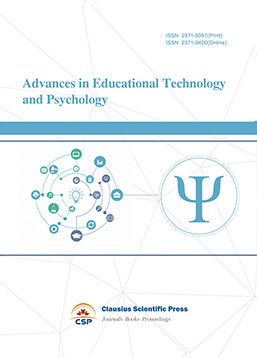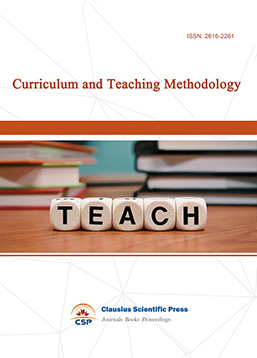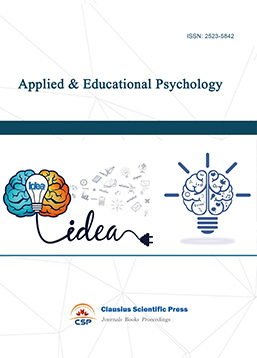Research on the Transformation of Local Undergraduate Institutions into 'Double First-Class' Construction—Taking Xihang University as an Example
DOI: 10.23977/trance.2025.070109 | Downloads: 19 | Views: 668
Author(s)
Wu Zhensong 1
Affiliation(s)
1 Xihang University, No.259 West 2nd Ring Road, Lianhu District, Xi'an, 710077, China
Corresponding Author
Wu ZhensongABSTRACT
The transformation and development of local universities is of significant importance in the context of China's economic development and industrial structure adjustment. This transformation addresses the challenges faced by local universities and can be understood through three basic forms: categorized development, differentiated development, and collaborative development. In the process of transformation, the construction of first-class colleges and first-class majors, often referred to as the "Double First-Class" initiative, is a key goal. The specific content of building a "Double First-Class" institution includes eight aspects: first-class major construction, first-class applied talent cultivation, first-class course construction, first-class applied practice education platform construction, first-class teacher team construction, first-class campus culture construction, first-class internal management construction, and first-class social service capability construction. The demand for talent in national economic and social development is multi-level and diverse. Every industry requires top-notch talent. Local applied undergraduate institutions should seize opportunities to achieve the "Double First-Class" construction goals in their transformation and development.
KEYWORDS
Local undergraduate institutions; "Double First-Class" construction; transformation and development; applied typeCITE THIS PAPER
Wu Zhensong, Research on the Transformation of Local Undergraduate Institutions into 'Double First-Class' Construction—Taking Xihang University as an Example. Transactions on Comparative Education (2025) Vol. 7: 61-66. DOI: http://dx.doi.org/10.23977/trance.2025.070109.
REFERENCES
[1] Zhang Chunquan. Construction of teaching quality management system for applied undergraduate universities based on OBE concept[J].Journal of Jilin Agricultural Science and Technology University,2024,33(6): 40-43, 63.
[2] Zhu Jianxin. Institutional isomorphism and practical patterns of the local universities transforming into application-oriented ons[J].Research in Higher Education of Engineering, 2020(5):129-133,146.
[3] Wang Jianhua. A research on faculty teaching input and its causal factors in application-oriented undergraduate colleges [J].Journal of Changshu Institute of Technology(Philosophy & Social Sciences),2024, 38(6): 119-124.
[4] Wang Jing.Research on the construction of first-class undergraduate majors in application-oriented universities based on EPAS certification[J].Education and Teaching Forum, 2024(42): 25-30.
[5] HUANG Chengliang. Engineering ethics education in applied colleges from the perspective of new engineering disciplines [J].Journal of Science and Education, 2024(16): 91-94.
[6] LI Bin, XIE Chengdong. Innovation model of industry and education integration in applied undergraduate industry colleges—based on Huang Yanpei's view of vocational education[J].The Theory and Practice of Innovation and Entrepreneurship,2024, 7(21)149-151.
[7] TIAN Zhixiang. On the solutions to the problems in pushing on the transformation and development of local newly-built universities[J].Journal of Heze University, 2021,43(3): 27-33.
| Downloads: | 14299 |
|---|---|
| Visits: | 552669 |

 Download as PDF
Download as PDF



